I bookmarked these videos of Malcolm McLaren being interviewed on the intersection of fashion, rock music and marketing to young people a while back but didn’t get around to watching them until this morning. Absolutely fascinating stuff. If you have any interest in the history of fashion or in the wiley Mr. McLaren himself, trust me this is most certainly worth an hour of your time.
What this is is three 20 minute Betacam camera reels (raw footage) of McLaren being interviewed for Rock Influence what is presumably a program firstly about fashion and secondly about music as it relates to and influences fashion trends, in late 1984. In the first of the tapes, he starts off talking about the birth of Parisian couture fashion, and how Christian Dior’s signature La Belle Époque-inspired silhouette ended up being adopted in the 1950s by American girls who “wanted to dance with James Dean.”
Throughout the hour-long interview, in which the interviewer gets to ask precious few questions—as anyone who ever met him can tell you, “conversations” with Malcolm McLaren were so decidedly one-sided that “monologue” would be a better term to use—the infamous trouble-maker who spun “cash from chaos” spends a lot of time talking about the Beatles and their influence on fashion and contrasting them, and what they stood for, with the Rolling Stones. He discusses clothes being marketed to post-war Britain’s youth for the first time beginning in the mid-1960s, gay fashion in London, Teddy Boys, the “Cinderella” women of Motown and Carnaby Street.
There's one particularly interesting section, I think it’s in part two, where he explains the sort of shops that were open on the King’s Road in London in the early 70s when he and Vivienne Westwood first opened their boutique (which had various names like Let It Rock, Too Fast To Live Too Young To Die, Seditioaries, SEX and World’s End). Basically it was stores catering to glam rock and glitter all around them, but what they were doing was simply buying up overstock on the togs of 1959 and reselling it for Teddy Boy and rockabilly revivalists. Consider that even a few years before this, there would have been NO “cool” or “fashionable” section of town, any town, even in a city like London, to begin with. That entire notion was just beginning to be expressed for the first time historically, but already, in one of the small handful of such stores in the capital city at the time, the marketing of nostalgia was starting to rear its head. Today there’s any number of “looks” one can choose in the supermarket of style… punk, hippie, Victorian, Edwardian, that fucking Jeremy Scott look that DAZED magazine always pushes, etc, but at that point and time, selling the clothes of 1959 to young folks was a fairly bold—almost counterintuitive—thing to do. Also, consider that selling 1959’s fab gear in 1972 would be comparable to selling the fashions of 2002 today, for a lil’ perspective.
Always remember that the distance from the doo-wop era to Sha Na Na aping it ironically at Woodstock was a mere decade. McLaren makes a pretty good case here—without intending to—that he and Westwood were among the very, very earliest pioneers of marketing “vintage” clothing. Because of the short distance from the beginnings of the modern fashion industry to the 1984 date of this interview, McLaren makes one great point after another that have retrospectively become even more true in the three decades since this was taped.
Sunday, May 3, 2015
Malcolm McLaren on the Beatles, the Stones, fashion and marketing stuff to young people, 1984
from Dangerous Minds
Labels:
capitalism,
fashion,
malcolm McLaren,
pop culture,
sex pistols
Subscribe to:
Post Comments (Atom)
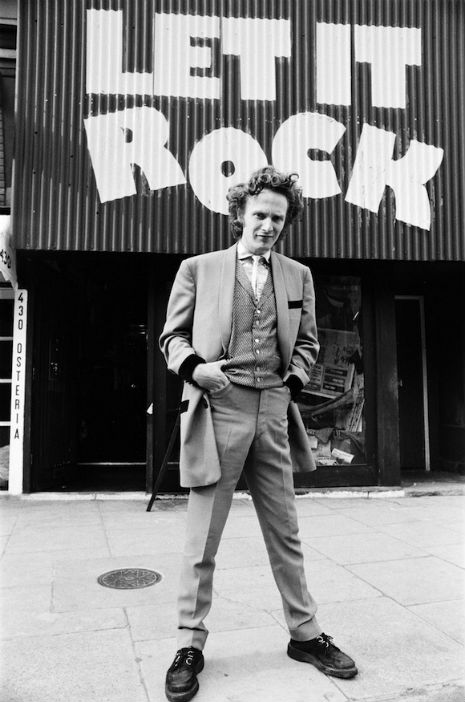

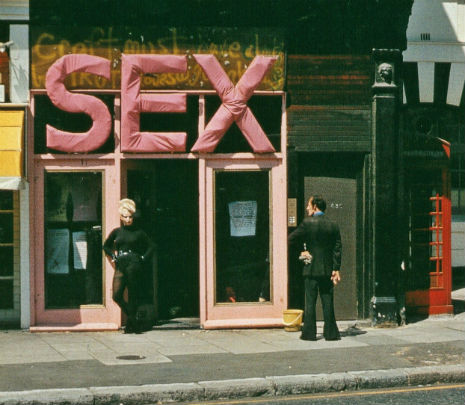
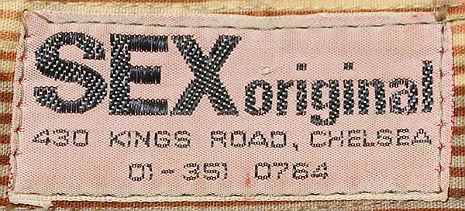

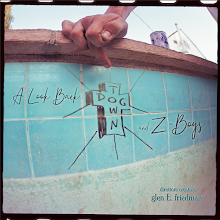

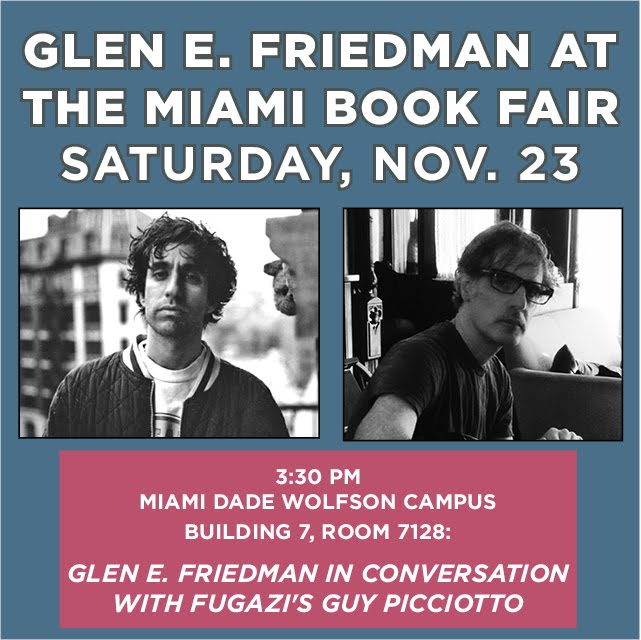
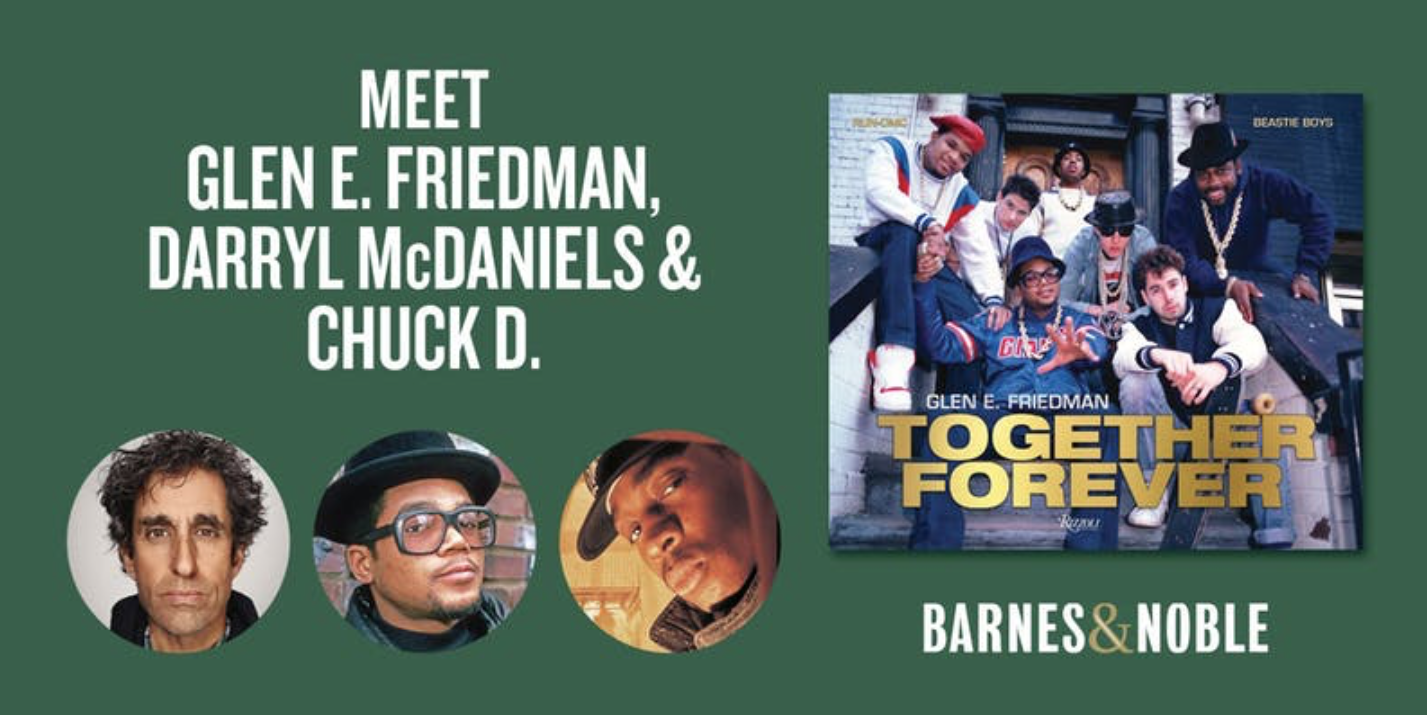

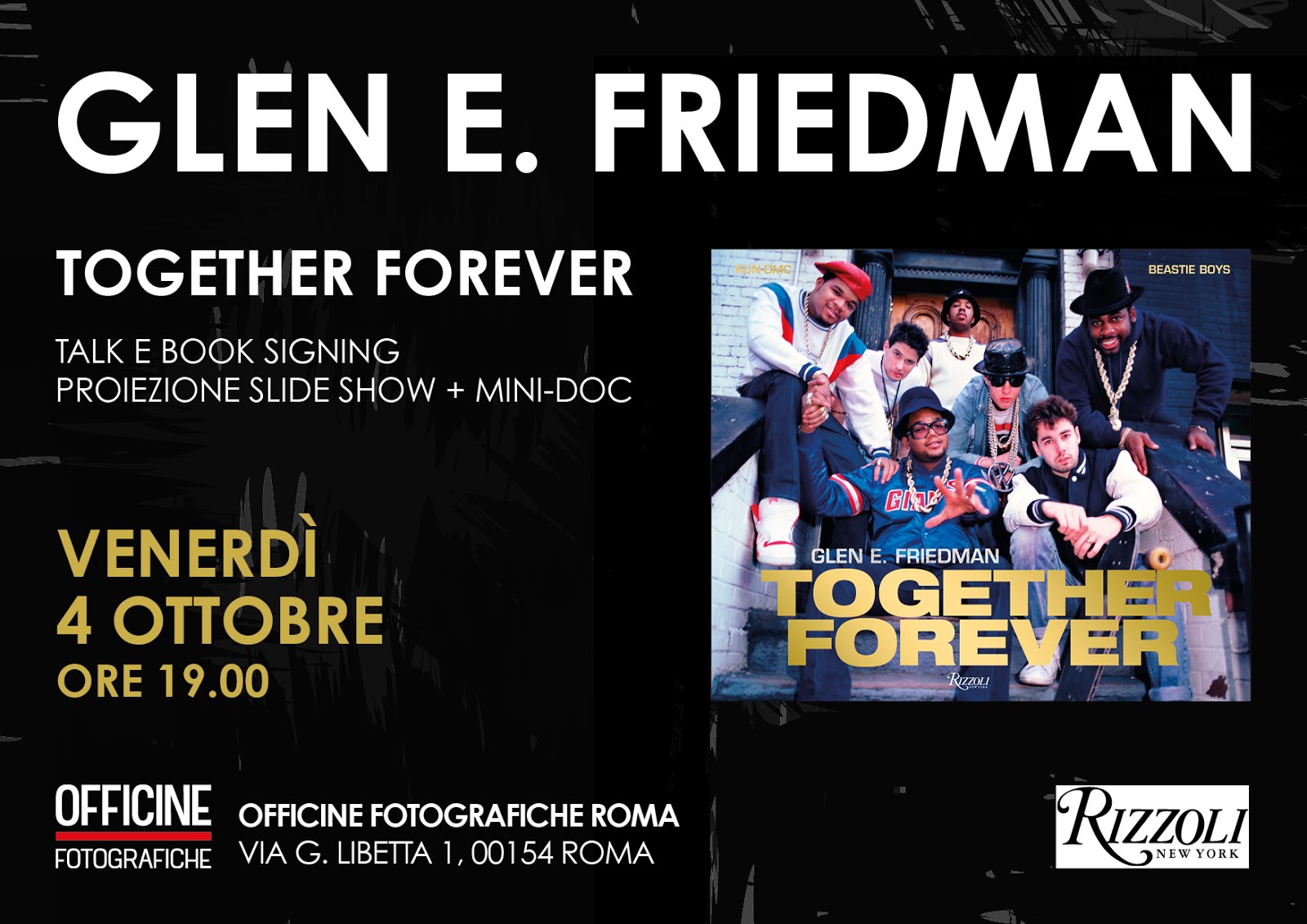

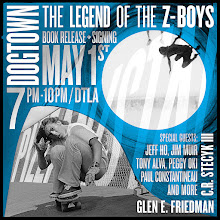

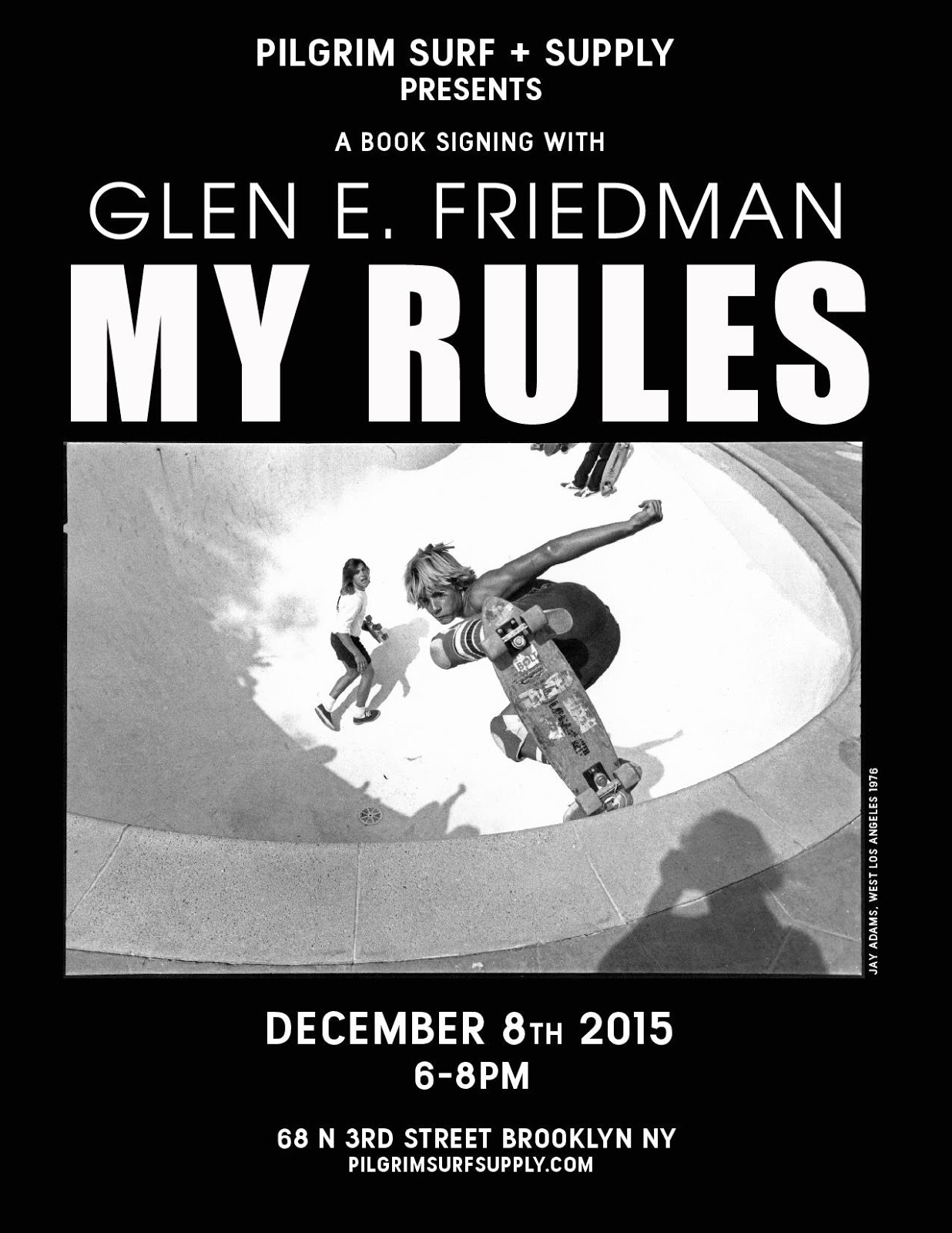

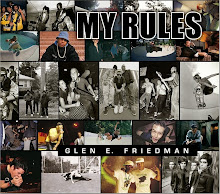

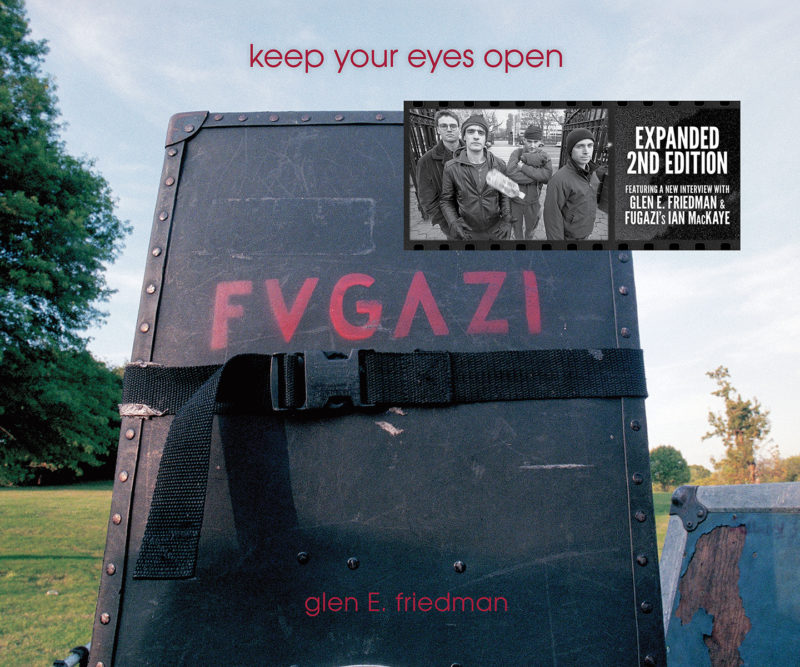

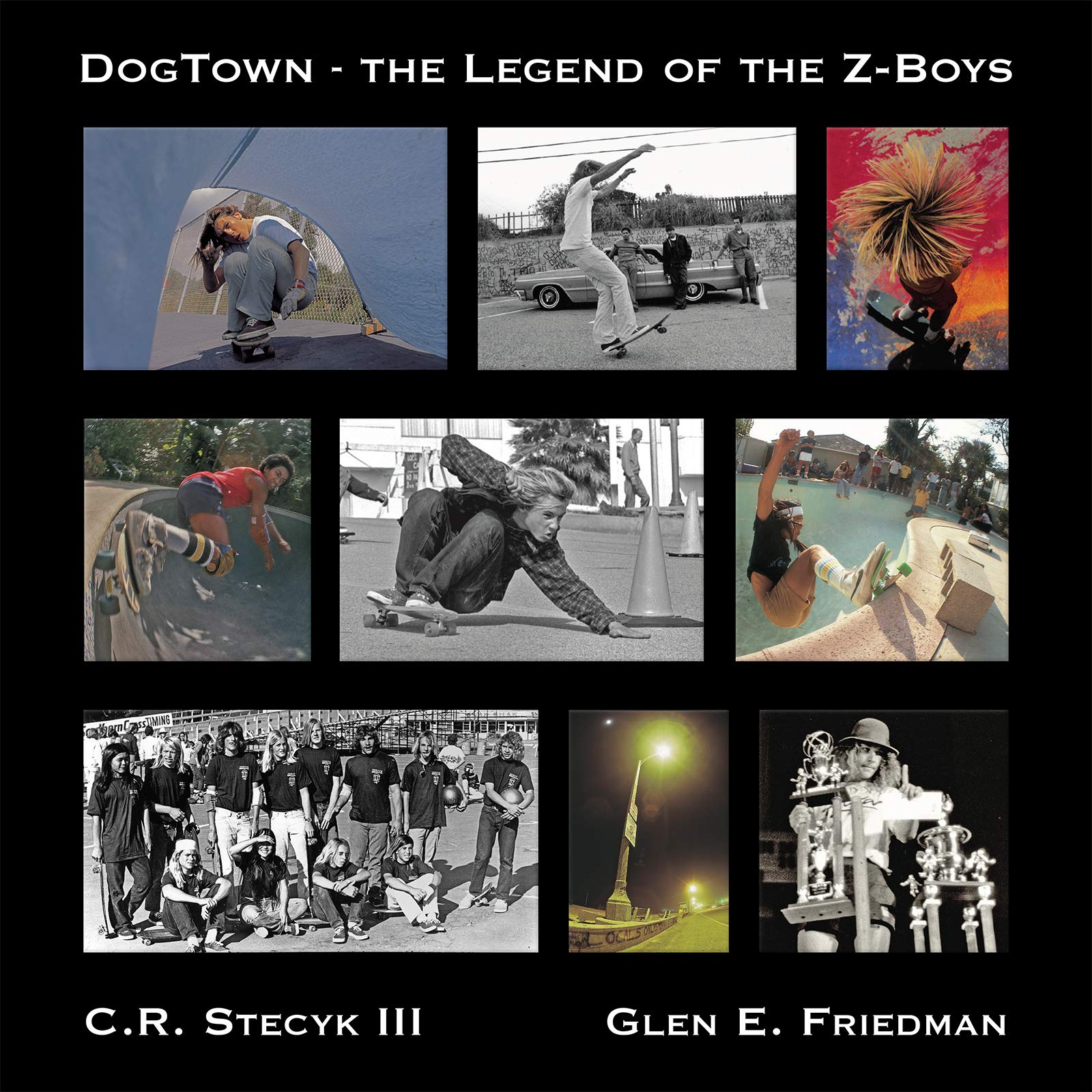
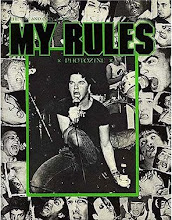





No comments:
Post a Comment